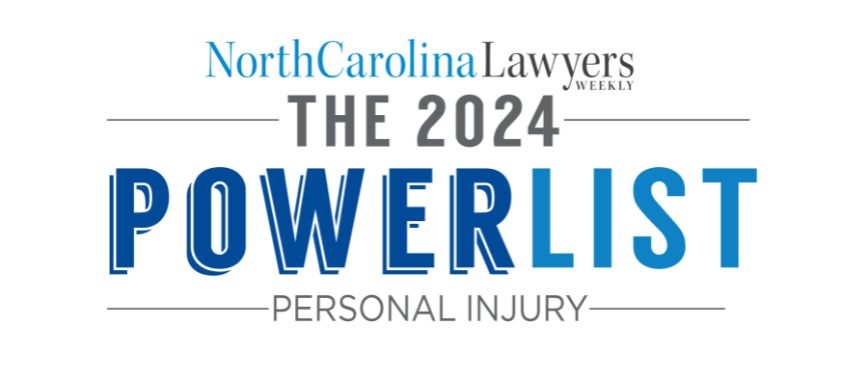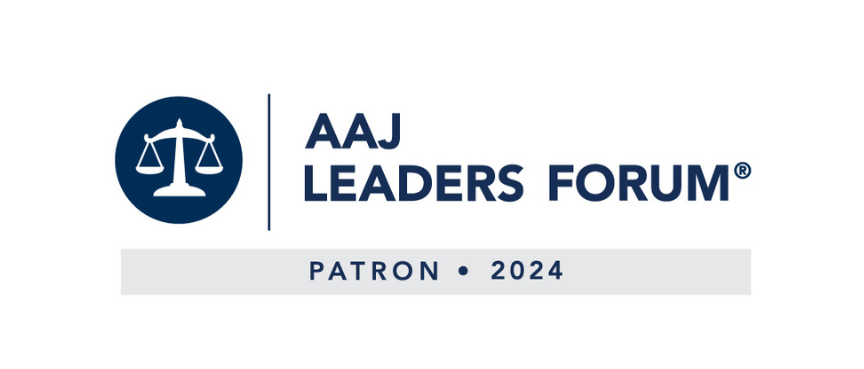A moped is a vehicle with two or three wheels and cannot exceed 30 mph on a level surface. Additionally, the maximum motor size cannot exceed 50 cubic centimeters. Moped owners must register their vehicles with the North Carolina Department of Motor Vehicles, but riders do not need a driver’s license to operate. The minimum age to drive a moped is 16. However, regardless of a rider’s age, they must wear a helmet.Mopeds have become increasingly popular in recent years due to their convenience for transportation and recreation. However, with their rising popularity comes the threat of moped accidents. In 2021, 700 people were injured, and 34 were killed in North Carolina moped crashes. Here is what you need to know about mopeds and what to do after an accident.
1. Causes of Moped Accidents
Unfortunately, there are many causes of moped accidents. A few of the most common include:
- Driver inexperience – While riders are not obligated to get a driver’s license to operate a moped, the DMV recommends learning to ride off the main roads.
- Low visibility – Mopeds are smaller and less visible than other vehicles on the road, making them more difficult for drivers of other vehicles to spot in time to prevent an accident.
- Distracted driving -Contributes to moped accidents, as cars and trucks that aren’t paying attention to the road, to begin with, will have less time to react.
- Driving under the influence.
- Dangerous road conditions.
No matter the cause of the accident, the potential for serious injuries is high in moped accidents. Common injuries include:
- head and neck injuries
- spinal injuries
- broken bones
- facial injuries
Some of these injuries can be life-threatening or result in long-term disabilities.
2. Determining Fault
Determining who is at fault after an accident is an essential first step when pursuing a personal injury case. The injured party must prove that another person’s negligence caused the crash. In North Carolina, this means overcoming the antiquated law of contributory negligence. Contributory negligence is a legal defense wherein defendants argue that the plaintiff contributed to the cause of any injury or damages sustained, thus absolving the defendant of responsibility. When contributory negligence is invoked, it completely bars an injured plaintiff from recovering damages. If the defense can put even 1% of the blame on the injured party, they are barred from recovering damages after an accident.
Therefore, plaintiffs in personal injury cases need to understand the concept of contributory negligence and how the defense might use them. Doing so will help them protect themselves from any potential attempts by the defendant to reduce or deny their claim.
3. Damages
The damages you may be able to receive in a personal injury lawsuit will depend on several factors, including the type and severity of your injuries. Generally, damages in such cases include economic damages, such as medical bills, lost wages, and other out-of-pocket expenses, as well as non-economic damages, such as pain and suffering or loss of enjoyment of life. In some cases, you may also be able to recover punitive damages, which are intended to punish the defendant and act as a deterrent for similar offenses in the future.
Representation for Moped Accidents
Moped accidents can have serious consequences, and all moped riders need to be aware of the inherent risks associated with driving one. By taking measures to minimize distractions, driving at safe speeds, and avoiding risky behavior, moped riders can help to reduce the risk of an accident.
Contact our office today at (919) 526-0450 for more information about your rights. You may also submit a confidential inquiry to our contact page. Our intake team will assess your information and determine whether an attorney can help. We may ask that you send us documentation pertinent to your potential case as part of this assessment.







